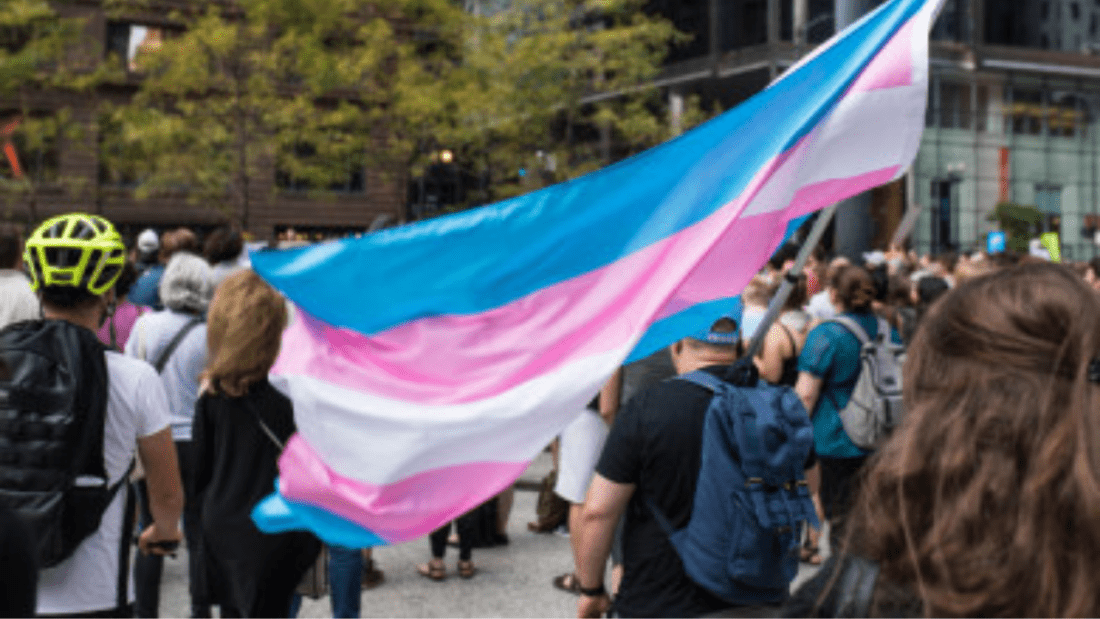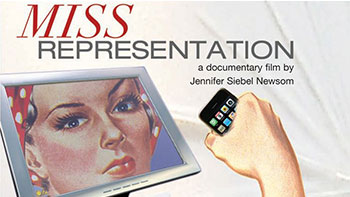Last week, “Juno” star Elliot Page received a plethora of online praise after bravely coming out as transgender. Posting on Instagram and Twitter, Elliot shared that, “I can’t begin to express how remarkable it feels to finally love who I am enough to pursue my authentic self.” While Elliot used his social media to share his journey, he also took the time to call out the injustice the trans community regularly faces.
Referencing the staggering statistics about transphobic violence, Elliot also said, “The discrimination against trans people is rife, insideous, and cruel, resulting in horrific consequences.” And he’s right. Just days before, “Orange is the Black” star Laverne Cox took to Instagram to share that she was recently the target of a transphobic attack. She said, “It’s the truth, you’re not safe if you are a trans person. Obviously, I know this well.”
While transphobia can show up in explicit and violent ways—like the instances that Elliot and Laverne mentioned—transphobia can also be subtle. When we start to acknowledge the internalized transphobia in our society, we can be sure that hate against trans people is no longer the norm. Below, we’ve listed 5 actionable ways to be a trans ally.
- Don’t use a person’s deadname
Unless a trans person says otherwise–don’t use their deadname. A deadname is a trans person’s birth name that they no long use after transitioning. For some trans people, using this name can be invalidating, triggering, and be a source of anxiety.
- State your pronouns
Whether at work, school, or in your personal life, you can help to foster a more trans inclusive world by stating your own pronouns. As a cisgender person, you can introduce yourself with your pronouns (or you can do this digitally by adding them to your social media bio or work email signature). According to GLAAD, sharing your pronouns helps to normalize the idea and helps to “lighten the pressure on trans people. This also lowers the chance for unintentional misgendering to happen.”
- Practice gender inclusive language
You can’t know someone’s gender simply by looking at them (hence, the need to share your pronouns). Try to be more aware of language like “hey guys/girls” and maybe try for “hi everyone” to avoid misgendering anyone. For more ideas, check out GLAAD’s seven ways to be gender inclusive with your language.
- Listen to trans people
One of the first steps to being a trans ally? Listen. It’s important to remember that in order to do effective work to support the trans community, you must actually listen to the concerns brought up by that community. This is not a situation where your feelings and opinions should take precedence–but a time where you can learn, grow, and be a valuable asset to the movement.
- Stay active
The internet offers tons of resources to stay informed and involved in advancement of trans equality. If you’re looking for more information on the subject, resources for trans friends and family, or organizations to get involved with, GLAAD has compiled an extensive list for one interested in trans issues.
Take Action! Support our trans brothers and sisters by taking these steps to be a better trans ally!




